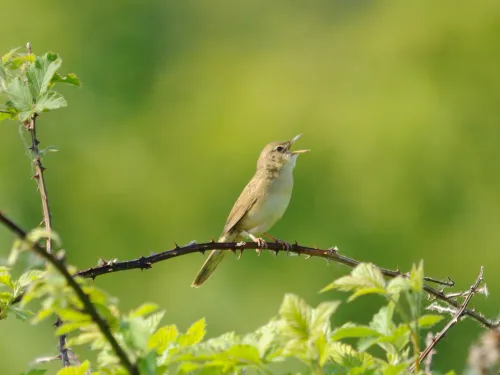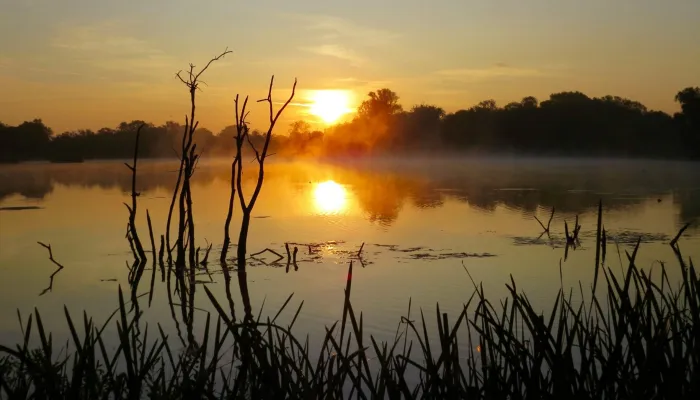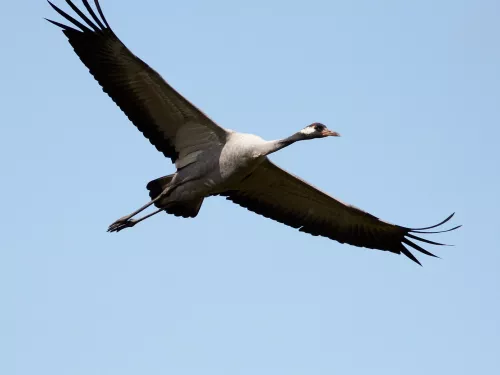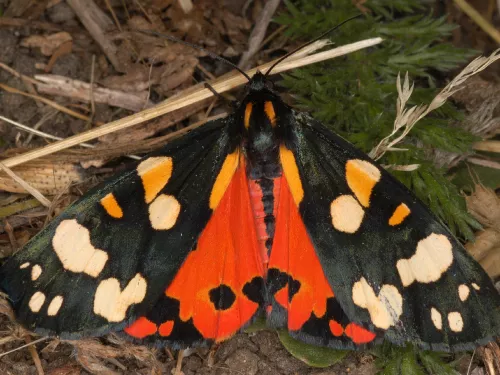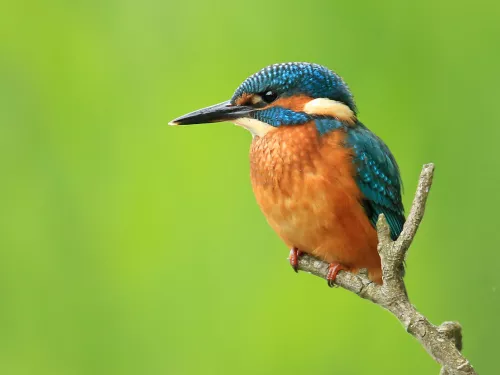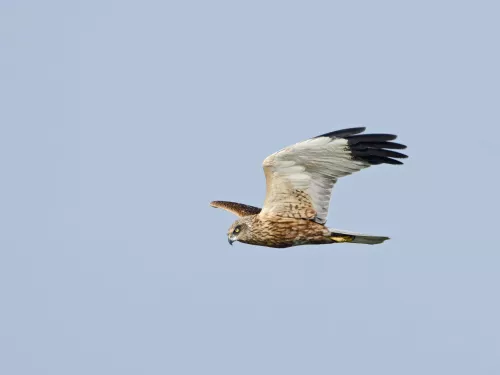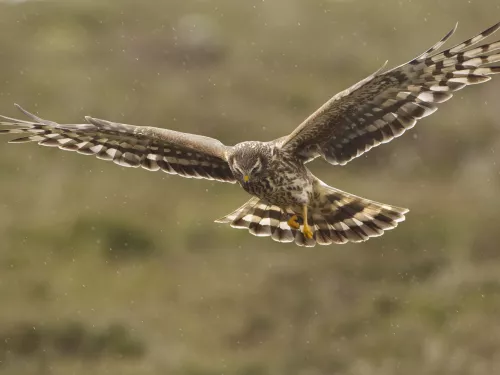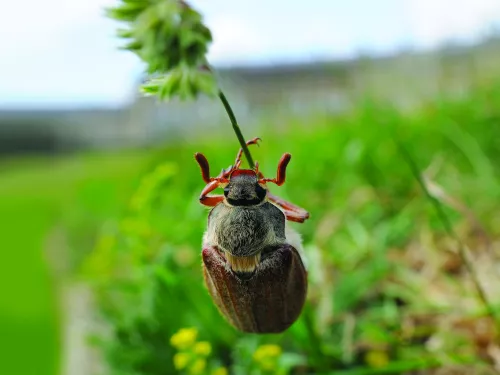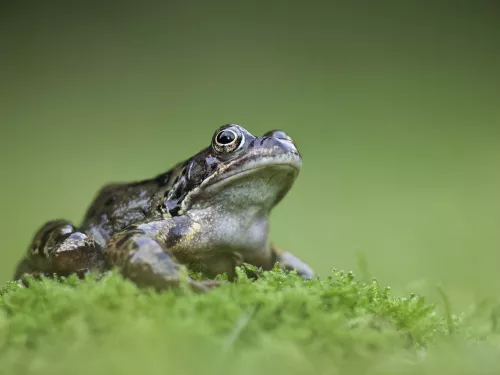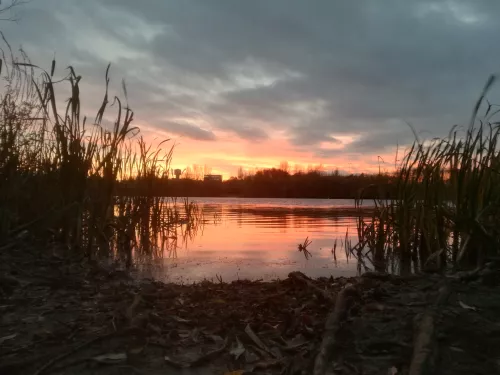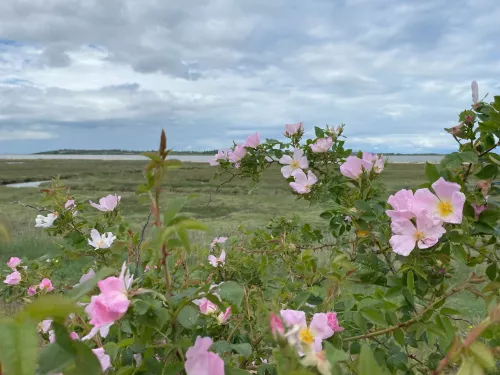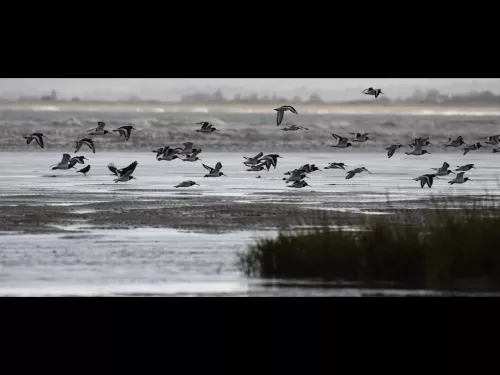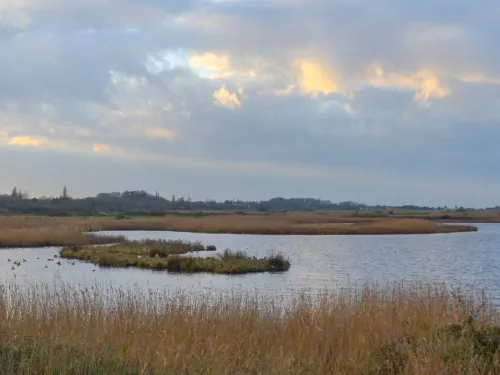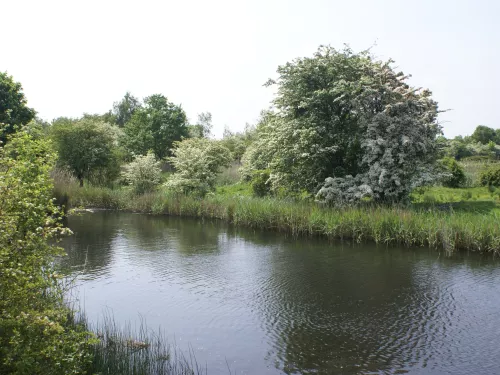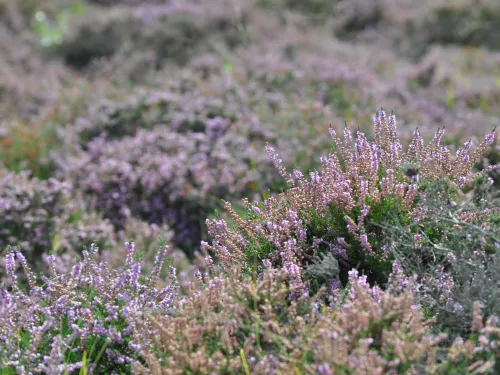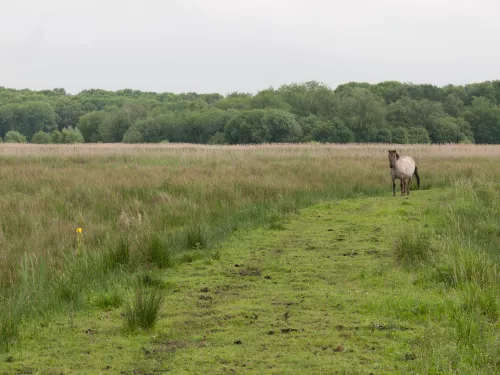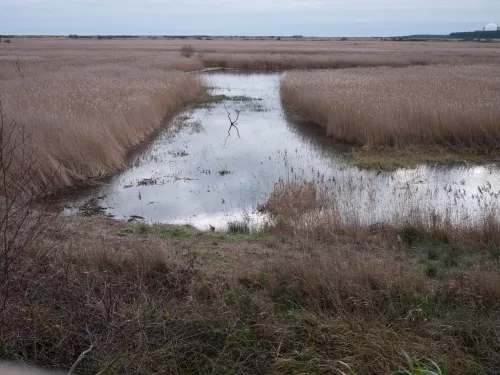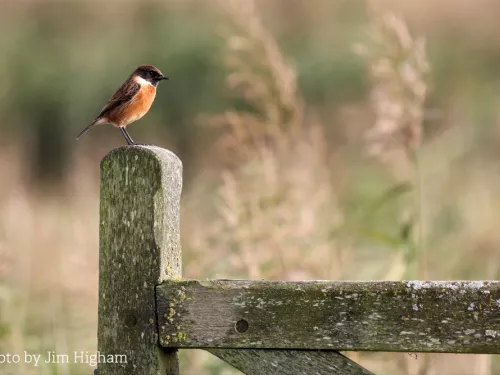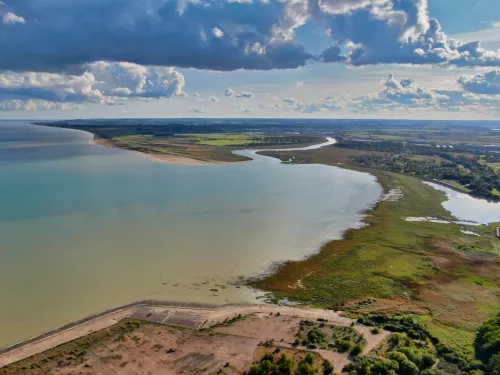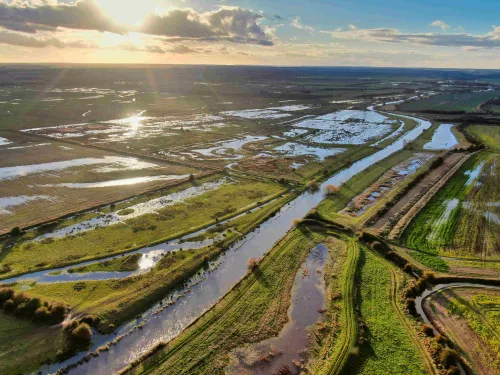Wildlife-rich wetlands
The rain-drenched lands of the UK offer perfect conditions for the formation of wetlands. These places where water and dry land meet are home to a wide range of species, from dragonflies and damselflies, to wading curlew and snipe; from carnivorous plants to flitting butterflies. Wetlands are fantastic places to spot a huge variety of birds, so make sure that you take your binoculars along with you.
A natural solution to climate change
Plant matter steadily decays and accumulates in the waterlogged conditions of wetlands, meaning they are hugely important for holding carbon. However, the ability of a freshwater wetland habitat to capture carbon varies according to the condition of the wetland. Good management is critical to ensuring that the habitat can store more carbon for years to come. It is also vital that our remaining high-quality wetlands are protected, as it can take decades for restored wetlands to be able to draw down carbon at the same rate as natural wetlands. Read more.
Peat
Most wetlands are peat-forming. When the ground is too wet for vegetation to decompose, a dark, organic matter called peat forms. This very slow growing material is an extremely important habitat for plants, such as sundew and marsh violet, which in turn support invertebrate and bird populations. As well as providing a valuable habitat for wildlife, peatlands are ‘carbon sinks’, removing carbon from the atmosphere and storing it. They’re also vital forms of flood defence and water purification. Peat acts as a sponge, absorbing rain, snowmelt and mist, then gradually releasing it back. This regulates the flow of rivers, reducing flooding after storms and maintaining flow in dry weather. Wetlands filter water too, improving the quality. Read more.
How have wetlands traditionally been managed?
Many wetlands are dynamic and if left alone, over long time spans, would develop into a different wetland type, or into woodland. However, the traditional management of wetlands stopped this process, allowing species that live in these areas to flourish and thrive. This included harvesting sedge and reed for thatch, and cutting and drying peat for fuel.
